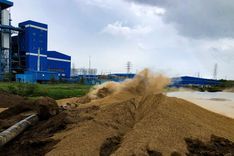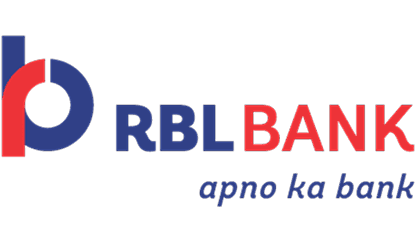Fly ash, a byproduct of coal combustion in thermal power plants, has emerged as a valuable component in cement and concrete production. Its incorporation not only enhances the performance characteristics of concrete but also contributes significantly to environmental sustainability and cost reduction. This article explores the multifaceted impacts of fly ash content in cement and concrete, focusing on its benefits, challenges, and practical applications.(concretecaptain.com)
Environmental benefits of incorporating fly ash
1. Reduction in CO₂ emissions
The cement industry is a major contributor to global CO₂ emissions, accounting for approximately 8% of the total. By substituting a portion of Portland cement with fly ash, in Concrete emissions can be significantly reduced. Studies indicate that replacing 15% to 30% of cement with fly ash can decrease CO₂ emissions by up to 30% .
2. Conservation of natural resources
Utilising fly ash in concrete reduces the demand for clinker, the primary component of Portland cement, thereby conserving limestone and other natural resources. This conservation is crucial in mitigating the environmental degradation associated with quarrying activities.
3. Waste management and landfill reduction
Fly ash utilisation in concrete diverts substantial amounts of waste from landfills. In the United States, for instance, over 52% of coal combustion products are repurposed, with a significant portion used in concrete production . This practice not only addresses waste management challenges but also mitigates potential environmental hazards associated with fly ash disposal.
Enhancements in concrete performance
4. Improved workability and finish
The spherical shape and fine particles of fly ash enhance the workability of concrete, allowing for easier placement and a smoother finish. This property is particularly beneficial in complex formworks and intricate architectural designs.
5. Increased durability and strength
Fly ash contributes to the long-term strength development of concrete. Its pozzolanic reaction with calcium hydroxide forms additional calcium silicate hydrate (C-S-H), which enhances the strength and durability of the concrete matrix.
6. Enhanced resistance to chemical attacks
Concrete incorporating fly ash exhibits improved resistance to sulphate attacks and alkali-silica reactions. This resistance is vital in structures exposed to aggressive chemical environments, such as wastewater treatment plants and marine structures.
Economic advantages
7. Cost savings in material procurement
Fly ash is generally less expensive than Portland cement. Replacing a portion of cement with fly ash can lead to material cost savings ranging from 5% to 15%, depending on the replacement level and local material costs.
8. Reduced energy consumption
The production of fly ash requires significantly less energy compared to the energy-intensive process of clinker production in cement manufacturing. This reduction in energy consumption translates to lower production costs and a smaller carbon footprint.
9. Lower maintenance and repair costs
The enhanced durability and chemical resistance of fly ash concrete result in longer service life and reduced maintenance requirements. Structures built with fly ash concrete are less prone to cracking and deterioration, leading to cost savings over the structure's lifespan.
Practical considerations and challenges
10. Variability in fly ash quality
The quality of fly ash can vary depending on the source of coal and combustion conditions. Inconsistent quality may affect the performance of concrete, necessitating rigorous quality control measures and testing protocols.
11. Slower strength development
Concrete with high fly ash content may exhibit slower early strength development compared to conventional concrete. This characteristic requires careful scheduling in construction projects to accommodate longer curing times.
12. Regulatory and standardisation issues
The use of fly ash in concrete is subject to various standards and regulations, which may differ across regions. Compliance with these standards is essential to ensure the safety and performance of structures.
Applications in construction
13. Infrastructure projects
Fly ash concrete is widely used in infrastructure projects such as highways, bridges, and dams, where enhanced durability and resistance to environmental factors are critical.
14. High-performance concrete
In applications requiring high strength and durability, such as high-rise buildings and industrial facilities, fly ash is incorporated to improve performance characteristics.
15. Precast concrete products
The improved workability and finish of fly ash concrete make it suitable for precast products like pipes, panels, and blocks, where surface quality is essential.
Conclusion
The integration of fly ash into cement and concrete presents a multifaceted opportunity to enhance sustainability and cost-effectiveness in the construction industry. By reducing CO₂ emissions, conserving natural resources, and improving concrete performance, fly ash serves as a valuable component in advancing sustainable construction practices. However, challenges such as quality variability and slower strength development necessitate careful consideration and management. With appropriate quality control and adherence to standards, the benefits of fly ash can be fully realised, contributing to more sustainable and economically viable construction solutions.




 +91 7208055523
+91 7208055523
 Help & support
Help & support
